Ping Sigma 2 Putters
Read our verdict on the new Ping Sigma 2 putters
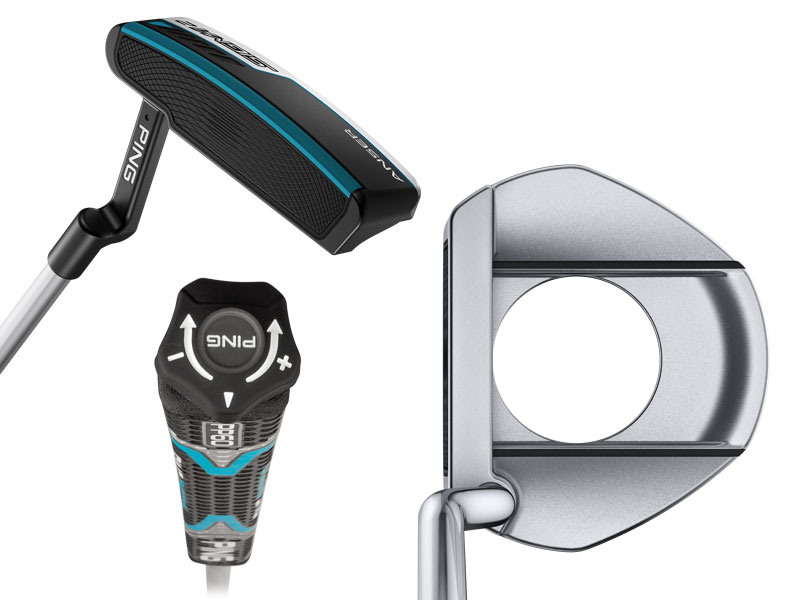
With nine different head shapes to choose from and the simple length adjustability, Ping’s Sigma 2 range should certainly be worth your consideration if you’re looking to change your putter.
-
+
A soft, pure and stable feel with ample speed. Wide choice of head designs and simple, intuitive and effective adjustability system for length that allows for quick, subtle changes.
-
-
Ball-retrieval feature of the Fetch isn’t as putter friendly as some may hope.
Why you can trust Golf Monthly

Ping Sigma 2 Putters Review
Ping has been looking to improve its standing in the putter market for a while now and hopes the Sigma 2 range will help make up some ground on the leading competitors. Watch our full review video below...
We were sent the new ZB 2, Valor and Fetch models to test at Burghley Park Golf Club and having done so, we’re confident you’ll be as impressed as us.
Before you try them out, you need to choose the length that feels most comfortable and this is much easier to do with the Sigma 2 range. We did this during a recent Ping putter fitting and discovered what felt the most comfortable over the ball was nearly an inch longer than what we were currently using. So don’t always assume you use a certain length.
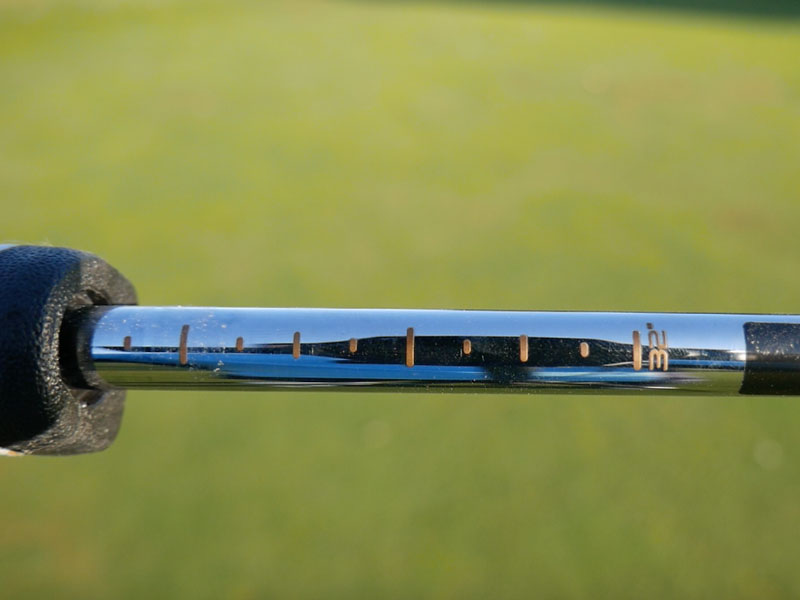
The beauty of the Sigma 2 putters is that you can make subtle adjustments to the putter’s length until you settle on what feels the best – there are markings on the shaft to tell you which length you’ve chosen.
The new system also has a much cleaner look with no metal ring on the bottom of the grip like we saw on the Sigma G range. It also ensures the grip doesn’t twist while adjusting the length, another flaw of the system on the Sigma G putters.
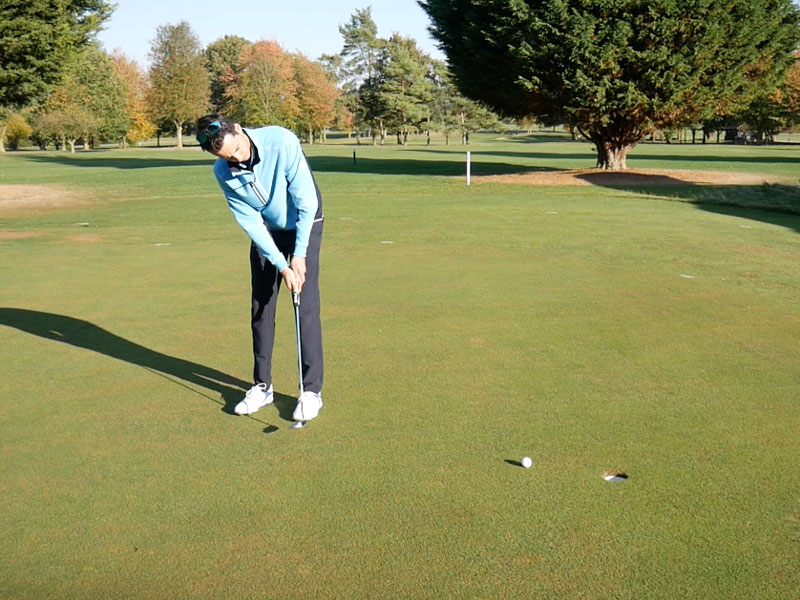
Strike a few putts and the soft feel is noticeable. They strike the perfect balance of feeling soft, with a muted sound that’s almost inaudible on very short putts, while feeling solid and still getting the ball rolling with good speed.
You don’t want a soft feel to come with having to hit the putts harder, which can lead to inconsistency due to the longer stroke required, and this certainly isn’t the case here. It’s unquestionably softer than the Vault 2.0 putters and while some may prefer a firmer feel, it comes as a feature here with seemingly no side effects.
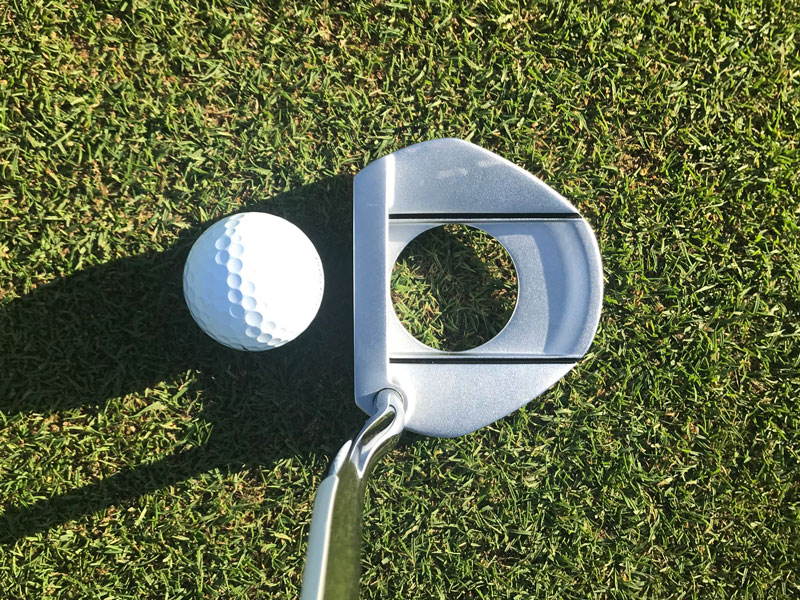
The ball did seem to come of the face of the Fetch a little quicker than the ZB 2, but with more meat behind the face this is to be expected and takes a few putts to adjust to.
The ball-retrieval feature on the Fetch is clever and certainly works, although you are required to push down quite hard into the cup to get the ball to stick and consequently, it takes a similar amount of effort to pop it out of the hole afterwards.
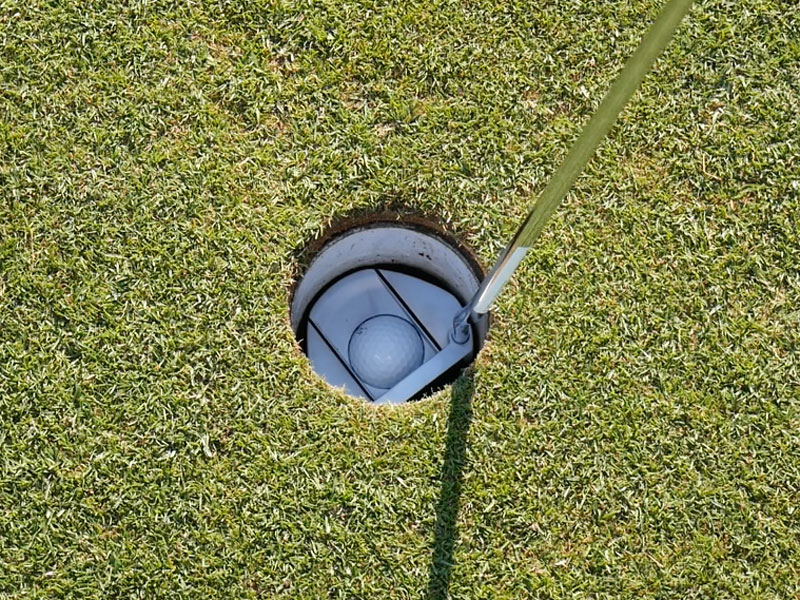
Additionally, there isn’t much room to spare when sliding it into the hole, so it can be easy to knock the side of the hole and scuff the edges of the putter. But if you’ve got a bad back and don’t mind your putter not looking pristine, the Fetch is an excellent option – especially considering the forgiveness it provides and the alignment assistance from the ball-shaped hole behind the face. Lee Westwood has put it in play recently and had some good results with it, although doesn't use it to get his ball out of the hole, not yet anyway.
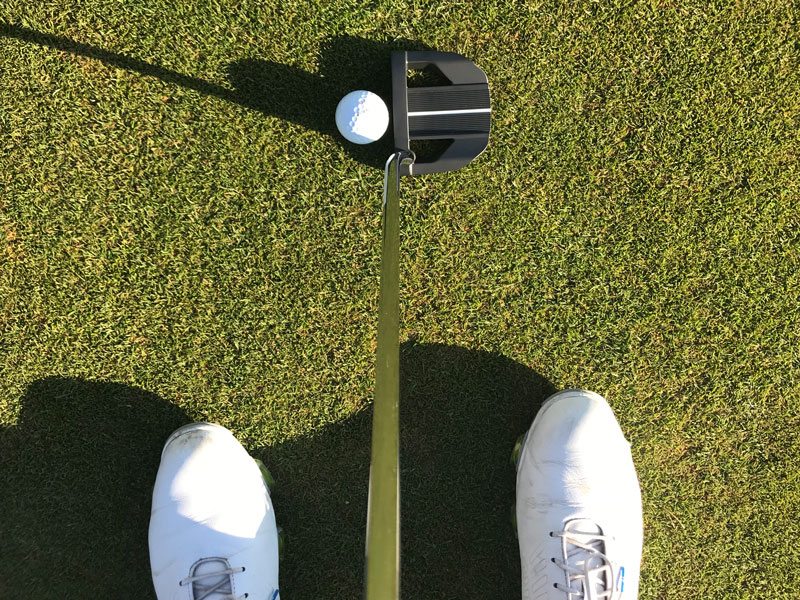
With it’s elongated white sightline contrasting sharply with the black flange, the Valor (above) provides the most aim assistance and stability. We tested the face-balanced option but it apparently also comes in mid-toe hang option to help the transition for blade users who want a more forgiving putter that’s easier to align.
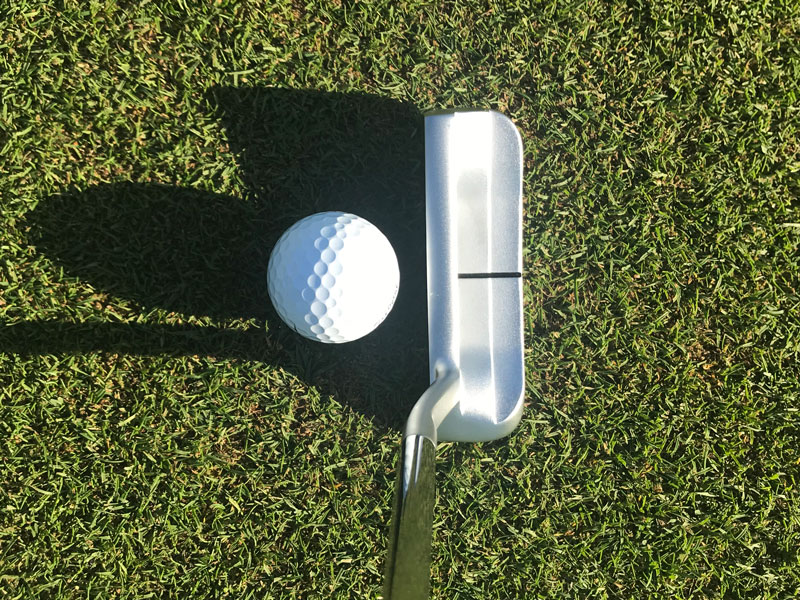
For our rotational stroke and pull tendency, the ZB 2 was the standout performer. It offers a little more stability than the original ZB, which seems tiny by comparison, and the line on top was more infinitely effective than the dot for alignment although was a little too reflective in bright sunlight.
Consistency of ball speed was impressive across all of the models we tested, as was the shape, size and feel of the PP60 grip we tested.
Get the Golf Monthly Newsletter
Subscribe to the Golf Monthly newsletter to stay up to date with all the latest tour news, equipment news, reviews, head-to-heads and buyer’s guides from our team of experienced experts.

Joel has worked in the golf industry for over 15 years covering both instruction and more recently equipment. He now oversees all equipment and video content at Golf Monthly, managing a team of talented and passionate writers and presenters in delivering the most thorough and accurate reviews, buying advice, comparisons and deals to help the reader or viewer find exactly what they are looking for.
One of his career highlights came when covering the 2012 Masters he got to play the sacred Augusta National course on the Monday after the tournament concluded, shooting a respectable 86 with just one par and four birdies. To date, his best ever round of golf is a 5-under 67 back in 2011. He currently plays his golf at Burghley Park Golf Club in Stamford, Lincs, with a handicap index of 3.1.
Joel's current What's In The Bag?
Driver: Titleist GT3, 9°, Fujikura Ventus Black 6 S shaft.
Fairway wood: Titleist TSR3, 15°
Hybrid: Titleist TSi2, 18°
Irons: Titleist T150, 4-PW
Wedges: Titleist Vokey SM10, 50°, 54° and 58°
Putter: LAB Golf DF3
Ball: 2025 Titleist Pro V1x
-
 What You Get For Finishing Second At The Masters
What You Get For Finishing Second At The MastersFinishing runner-up at The Masters is sure to bring disappointment, but there are plenty of reasons for the player who misses out to be cheerful too – here are the details
By Mike Hall Published
-
 Why Does Rory McIlroy Have A Dog Headcover For His Driver?
Why Does Rory McIlroy Have A Dog Headcover For His Driver?The much-loved St. Bernard has travelled the world with McIlroy several times over
By Michael Weston Published
-
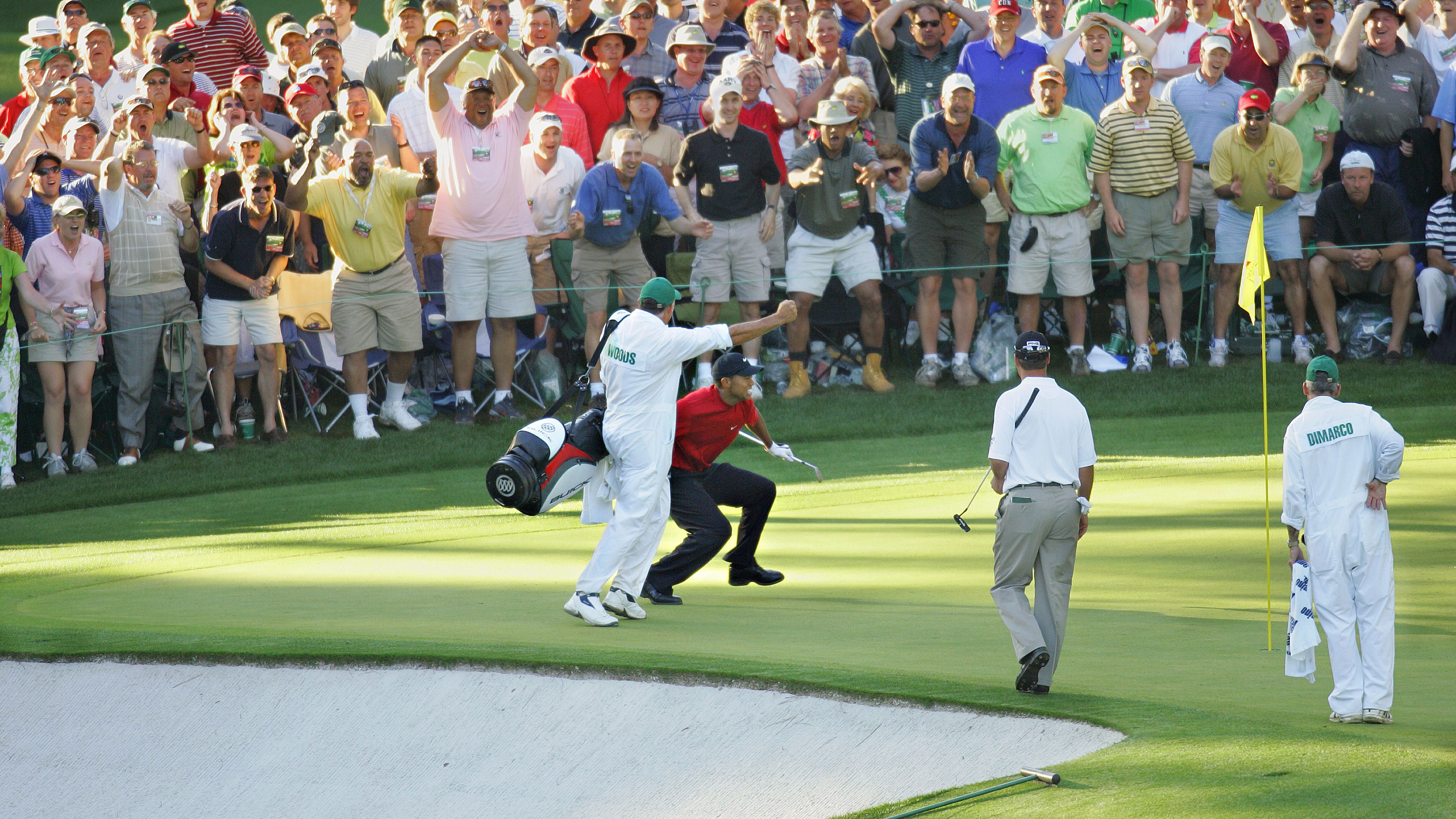 'Genuinely Shocking, I Just Spat Out My Coffee' - Masters Fans Surprised As Traditional Sunday Pin Switched Up For Final Round
'Genuinely Shocking, I Just Spat Out My Coffee' - Masters Fans Surprised As Traditional Sunday Pin Switched Up For Final RoundThe hole locations for the final round of the Masters have been released - and they've got a lot of people talking
By Michael Weston Published